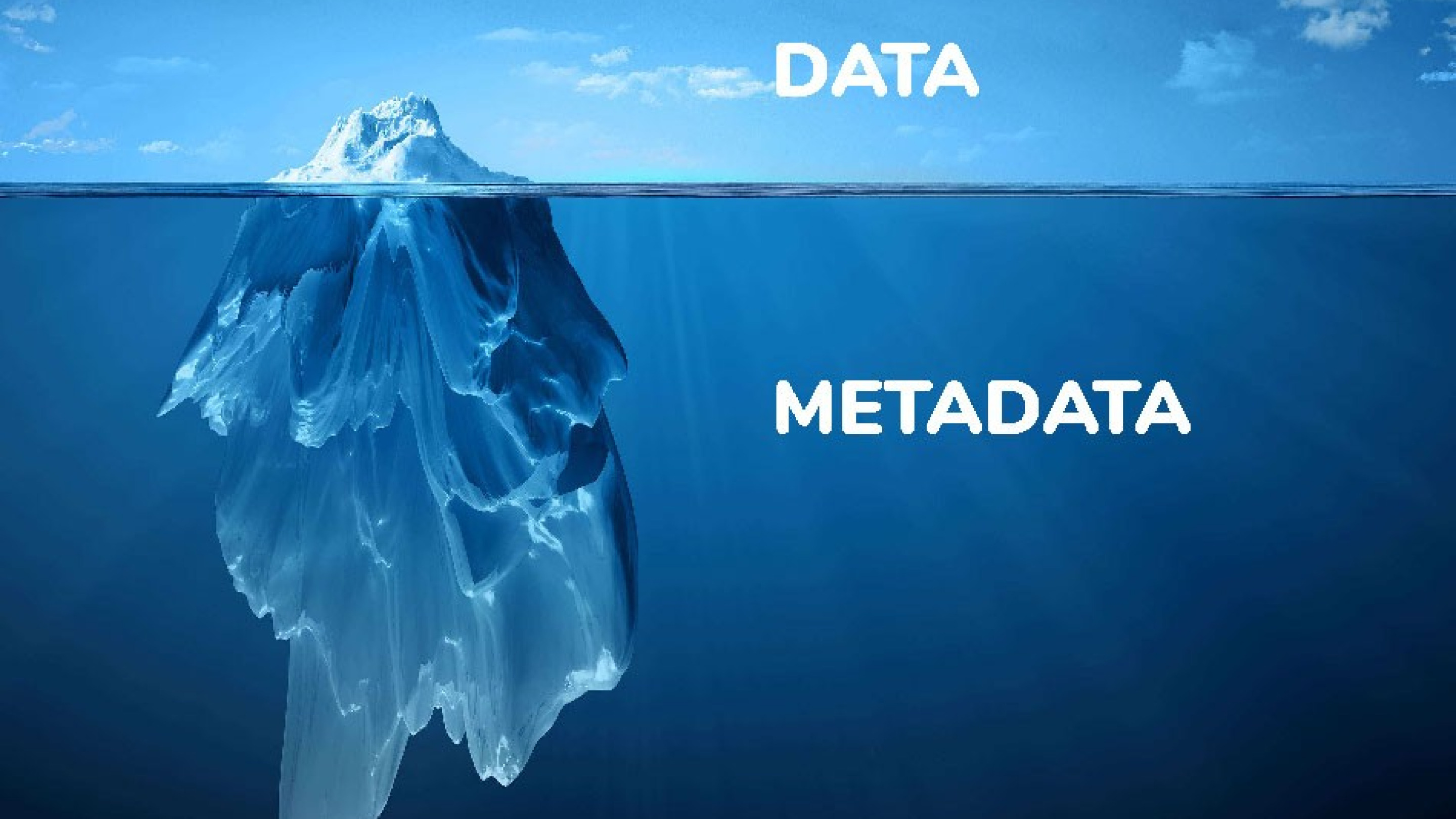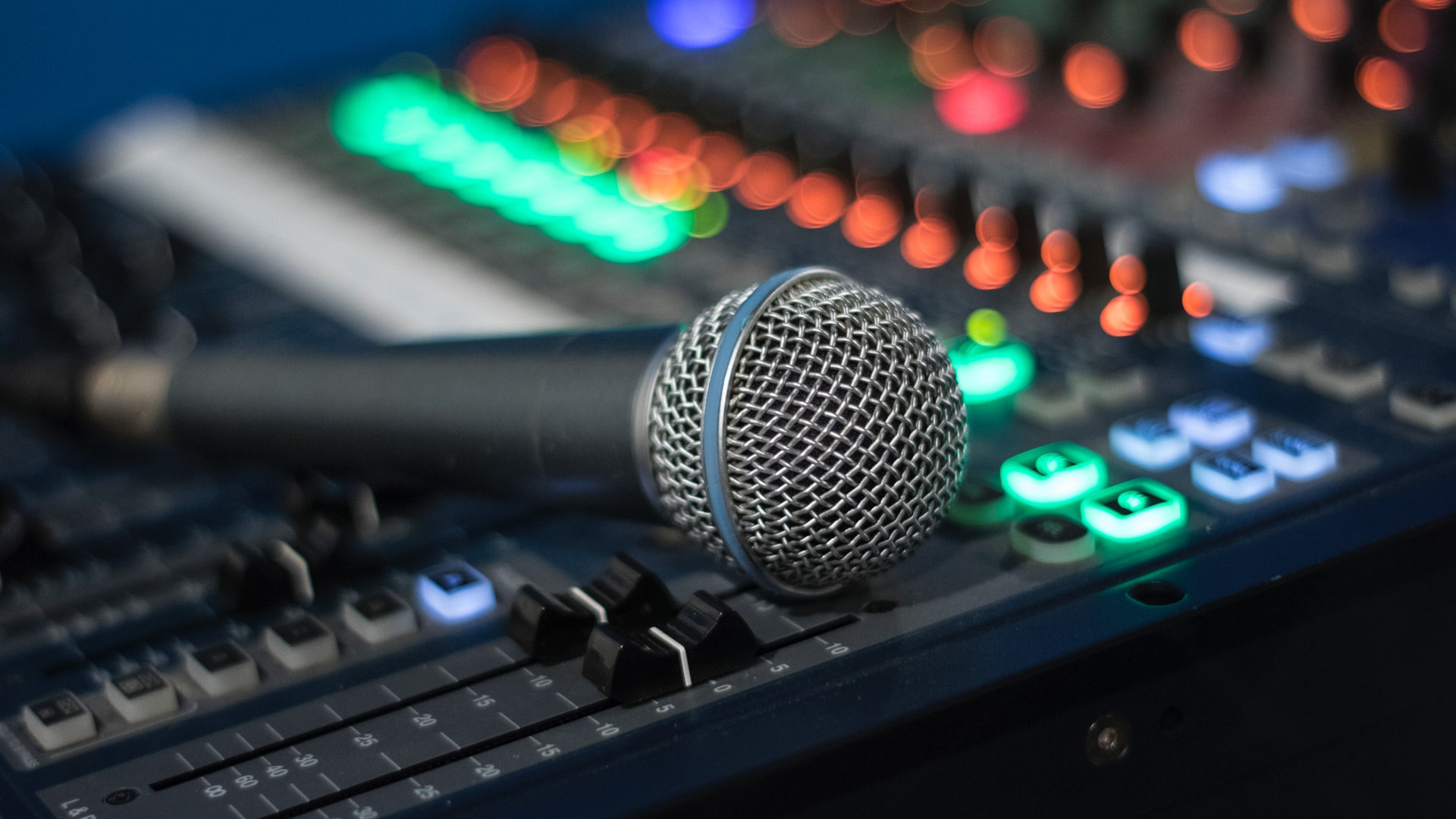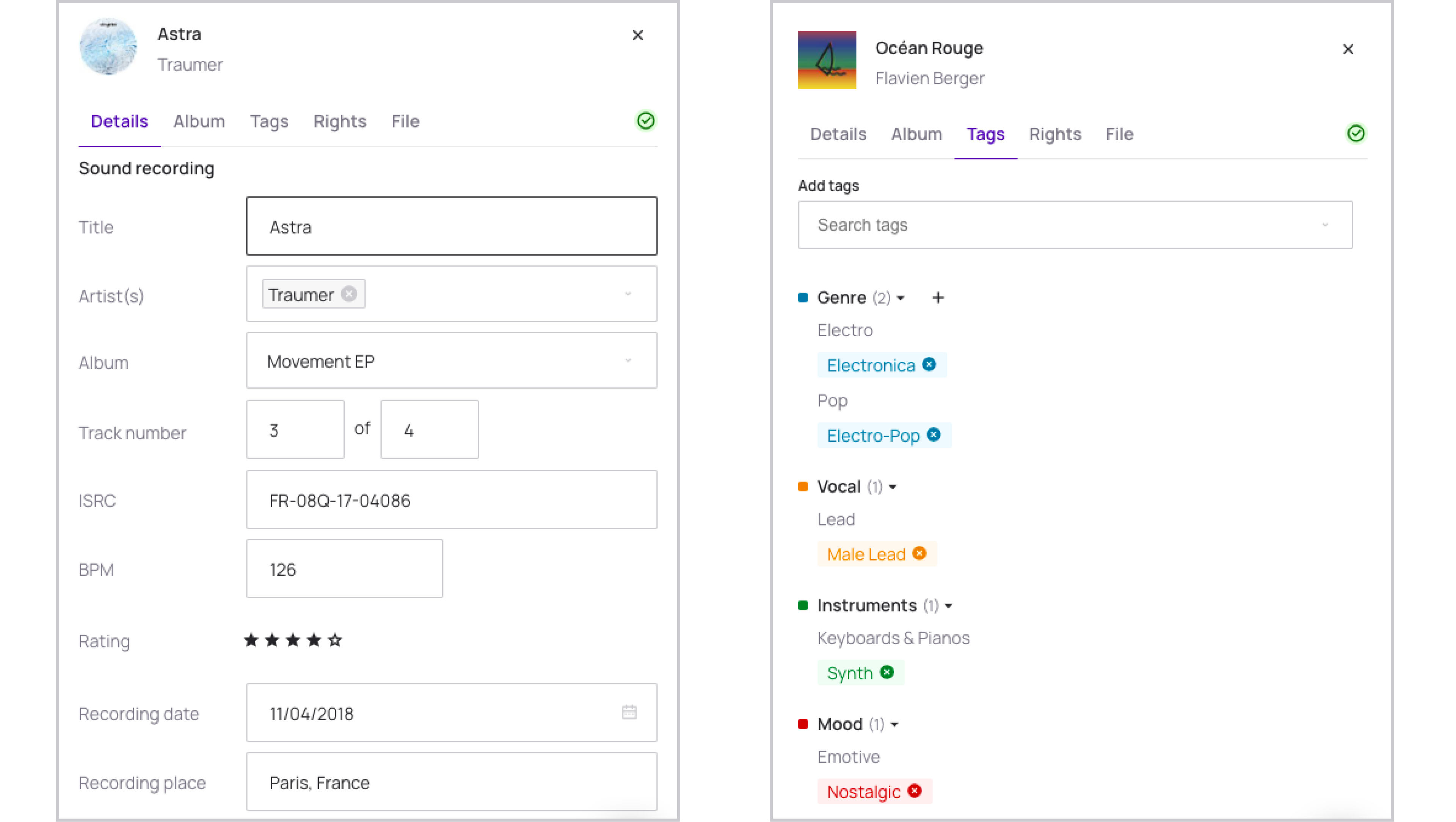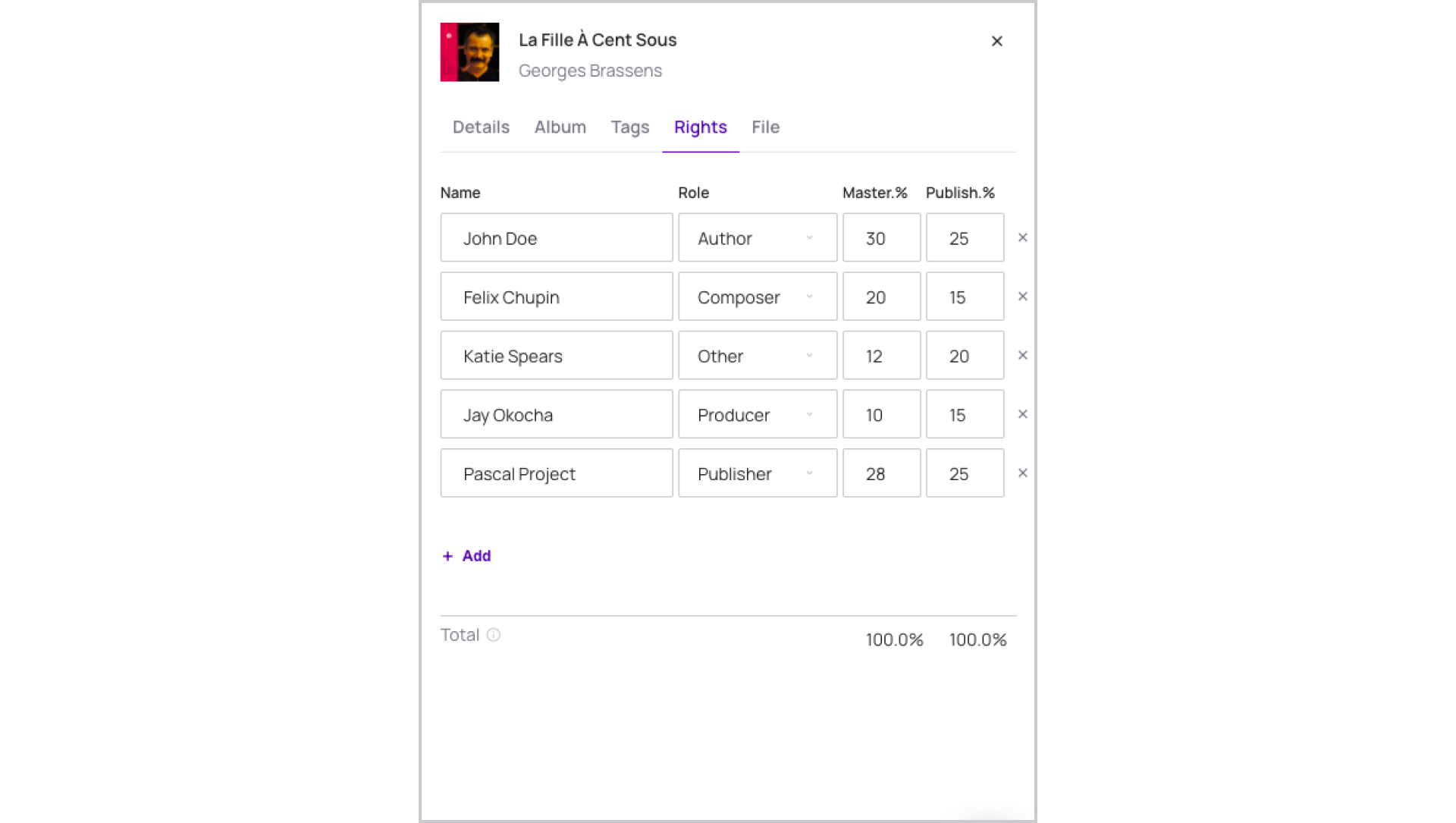Opinion
Metadata, the new cornerstone of the music industry

Today metadata is the one key topic in the music industry that cannot be overlooked. In the digital era, tracks that are to be found online carry with them a lot of precious information, or at least they should. Metadata can be defined as the song credits and all the underlying information that can help better understand the audio file and its creators. They are data about the data. Name of the artist, album, artwork, genre, lyrics, writers, shareholders… There is so much you can attach to your audio assets when you share them or want them added to existing libraries for streaming or downloading.
Music Metadata and the Absence of International Standard
When it comes to music, there are three types of metadata that you should be aware of, and they are all equally important!
First, descriptive metadata provide basic information about the audio recording. Think about it as the DNA of a track. It consists in the full title of a song, the performing artist, the name of the support and its type, as well as numerical data such as the track length, position on the album, release date, etc. The artwork for a song, an artist, or an album is also considered as descriptive metadata.
Then you have the ownership metadata. They represent the full performing rights information about a track, making them so crucial to the proper distribution of royalties. It’s no secret that for most musical work many different individuals take part in the making of the music. From the songwriter(s) to the lyricist, instrument players, or producers, all those parties deserve their fair share of recognition for their work. That’s why ownership metadata are so important.
Finally, our third category can be referred to as the recommendation metadata. Those data are much more subjective, they are created by actors of the industry such as labels, synchronization agencies, or streaming platforms, to provide additional information on how the music sounds, and how it can be classified. It is all about improving the search and discovery of music that must be as relevant as possible for the listener. Lately, detailed sets of music tags have become a new powerful asset for recommendation metadata. Many music libraries now include moods, emotion labels, genre and subgenre to the tracks. For major platforms such as Spotify, those data allow their ever-expanding algorithms to better connect musical works together, and thus offer personalized content for their users.

All that being said, there is still a major issue surrounding the music industry metadata wise: there is no international standard that the world has agreed upon… Consequently, every existing database for music has its own set of rules for metadata. Formats tend to change from a company to another, yet audio files keep navigating from one to another. Without surprise, that leads to loads of inconsistencies and issues. In fact, the music industry does not even require any verification of metadata accuracy before a song or an album gets released. One could imagine that artists and/or producers would take care of creating complete and accurate metadata for their work. And then eventually send the track to labels, distributors and publishers. But unfortunately that idea is only an ideal.
The notion of urgency that music releases are often surrounded with generates all sorts of negligence with metadata. Even the most obvious information such as song and artist names frequently suffer mistakes or misspellings. What’s more, some audio formats such as WAV, well known for its rich quality, usually do not carry with them metadata when they are shared. Overall, the ambition to create an universal metadata standard for music files has been shared by many, even attempted by some great companies, but it never succeeded. In the meantime, such an ambitious project keeps getting harder and harder to achieve, given that 60,000 new songs are added to streaming platforms every day.

Why Metadata are Vital to the Industry
Now, we know such a topic may sound boring, or unrelated to the core of the industry which is music. But we cannot emphasize more the crucial role of metadata! Here are the three main reasons you should care about metadata, and improve the way you work with them.
1) ROYALTIES
Among music professionals, correct and well organized metadata is not just a plus, it is necessary. Truth is, when it comes to collecting royalties for songwriters, accurate metadata (such as the International Sound Recording Code, ISRC) is vital. The absence or imprecision of information affiliated to musical work can have dramatic consequences. Experts have recently estimated that the amount of unclaimed royalties in the music industry amounts to billions of dollars. That’s right, billions of dollars in the last decade that could not be rightfully redistributed to artists and songwriters. In an overwhelming majority of cases, an issue with metadata is the culprit. How sad is that? We are talking about a musician unable to get paid for his/her hard work, and all just because his name is not correctly spelled on streaming platforms, or because of incorrect information about publishing rights. Metadata does affect music professionals' paychecks, please make sure you always remember that!
2) DISCOVERABILITY
In an era of incredible abundance of music, the difficulty in getting one’s work visible to professionals and the public is increasing. Competition is fierce. Music platforms’ catalogues grow in size every minute. In this context, metadata have become an indispensable ally for artists. To gain visibility and discoverability, one cannot overlook the necessity to build strong and accurate metadata. Correct and consistent song, artist, and album titles are the strict minimum. Just like publishing rights are vital. On top of that, it is highly recommended to add further information to the music - usually through tags - such as genre, mood, instrumentation, lyrics… If we take the example of a music supervision company, the whole point of metadata is to allow songs to appear again and again in searches for sync projects. This is how artists maximize their chance to be selected, and therefore to receive royalties.
3) GENERAL WORKFLOW
All in all, strong metadata help music professionals save great amounts of time: they allow workflow optimization. No matter where your seat is located in the industry, all music related jobs have to deal with audio files, and all of these hard workers have experienced metadata issues. Dealing with information inaccuracies is a plague that everyone is aware of in the business. That is why sharing music with extensive metadata has become a mark of trust. It assures your recipients of the seriousness of your work. Basically, it gives credibility to music professionals.
Bridge.audio take on Metadata
One of the key features of Bridge.audio is metadata storage. The platform offers a very detailed and exhaustive information section for each track (and each album, and each artist) allowing strong file enrichment. We made sure to implement a UX friendly interface to help you add data to your assets, and manage them smoothly.

The Edit Information section is divided into several categories. You are able to enrich your music with all three types of metadata that we described earlier. The Details section is all about descriptive metadata. The Rights section allows proper identification of all legal contributors to the music, making sure that future royalties will be rightfully distributed. Last but not least, you will find a Tag section dedicated to what we defined as recommendation metadata. Bridge.audio invites music professionals to enrich their assets with genre, vocal, mood, movement, and many other tagging options. You can even create your own customized tags. This way, app users and future recipients of the music will be able to search for the tracks, instead of having to find them. Like we explained, all these features aim at increasing music discoverability and saving precious time. Finally, Bridge.audio recently added a comment section for each track. This new metadata option gives users additional freedom to enrich even more their assets. For example you can add contact information, or precisions and remarks for future collaborators.

Surely now you get the point. Nowadays metadata are more important than ever for all music professionals. Whether you are an artist, a label manager, a music supervisor, a radio programmer, a sync broker, or just any hard working individual involved one way or another with music, you must understand the huge impact that good (or bad) metadata can have on people’s careers! In practise, that means music makers have to make that early effort and manually enter all the metadata into their tracks. By doing so, they secure future royalties and they assure seamless circulation of their work between professionals. It is all about puting the right signature to the art. If the entire industry starts following those easy guidelines for audio enrichment, millions of hours of annoying detective work will be saved, and millions of dollars will be rightfully distributed to deserving creators.
